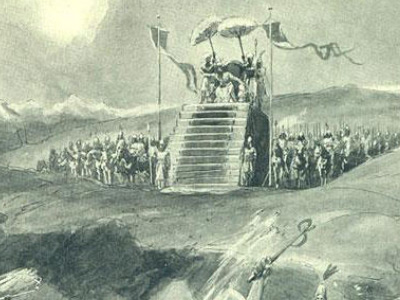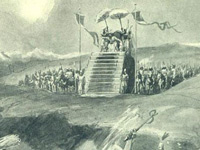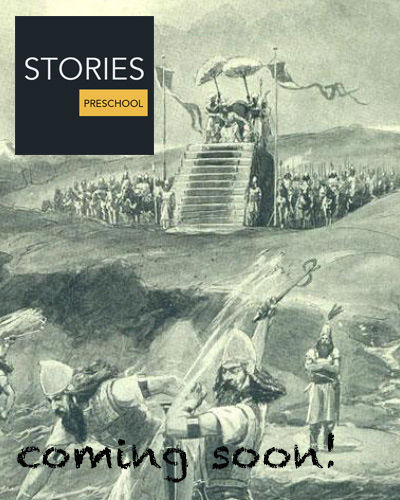Battle of Mycale (479 BC)

Opposing Forces
The Persians
The number of Persian ships and men involved with the battle are, as so often in the Greco-Persian Wars, somewhat problematic. It is clear that the Persian fleet did not dare conduct operations against the Greeks, and thus must have been approximately equal to, or smaller than the Greek fleet. Herodotus gives the size of the Persian fleet at 300 ships; the Greeks had 378 at Salamis, but must have suffered significant losses, and so they probably also had around 300 in total (though not necessarily all these ships formed part of the allied fleet for 479 BC). The Phoenician ships were dismissed from the Persian fleet before the battle, which reduced its strength further.
Diodorus tells us that to guard the camp and the ships the Persians gathered 100,000 men in total, while Herodotus suggests that there were 60,000 men in the army under the command of Tigranes. Squaring these two accounts, might suggest that there were c. 40,000 men with the fleet. Given that the Persian fleet appears to have been undermanned in the aftermath of Salamis, 200-300 ships would indeed give this number of naval personnel (using Herodotus's standard complement of 200 men per ship). However, this total of 100,000 is probably too high; to accommodate 100,000 men and 200+ ships, the Persian camp would have to have been enormous. Estimates made of Mardonius's huge camp at Plataea, which was planned and built with plenty of time, suggest it might have accommodated 70,000-120,000 men; it is improbable that such a large camp could have been built at Mycale in the time-frame that Herodotus suggests. It is therefore possible that the 60,000 quoted by Herodotus is actually the total number of Persians present at Mycale; the Persians certainly outnumbered the Allies, emerging from the palisade in confidence after seeing the smaller number of the Allied troops.
The Greeks
Numbers of ships and men for the Allies are also somewhat problematic. Herodotus claims that Leotychides had 110 triremes under his command. However, the previous year, the allies had fielded 271 triremes at the Battle of Artemisium, and then 378 at the Battle of Salamis. We are also told that the Allies had "command of the sea" after Salamis, which implies that they could at least equal the Persian fleet. Diodorus, on the other hand, tells us the allies had 250 ships, which is more consistent with their force levels of the previous year. These two numbers can be reconciled by assuming that Leotychides had 110 triremes under his command before being joined by Xanthippus and the Athenian ships, after the Allied army had marched out from the Peloponnesus. This is the approach taken by Holland, and gives a naval force which might well match the remnants of the Persian fleet.
Although the Athenians had sent 8,000 hoplites to Plataea, they would still have had ample manpower to man a large fleet of triremes, especially since rowers tended to be of the lower classes (the thetes) who could not afford the equipment to fight as hoplites. The standard complement of a trireme was 200 men, including 14 marines. In the second Persian invasion of Greece, each Persian ship had carried thirty extra marines, and this was probably also true in the first invasion when the whole invasion force was apparently carried in triremes. Furthermore, the Chian ships at the Battle of Lade also carried 40 marines each. This suggests that a trireme could probably carry a maximum of 40–45 soldiers—triremes seem to have been easily destabilised by extra weight. Combining these numbers yields a range of 22,000–58,000 men for the Allies, with 3,300–11,250 more heavily armoured marines. Estimates of around 40,000 men are given in some sources, which is approximately the median of the possible range, and seems as likely a number as any. However, since only the marines were expected to fight hand to hand, the rowers in the Allied fleet were probably not equipped to fight in a land battle; it is likely therefore that it was only the marines who contested the battle.
HISTORY

RESOURCES
This article uses material from the Wikipedia article "Battle of Mycale (479 BC)", which is released under the Creative Commons Attribution-Share-Alike License 3.0.
© Stories Preschool. All Rights Reserved.









